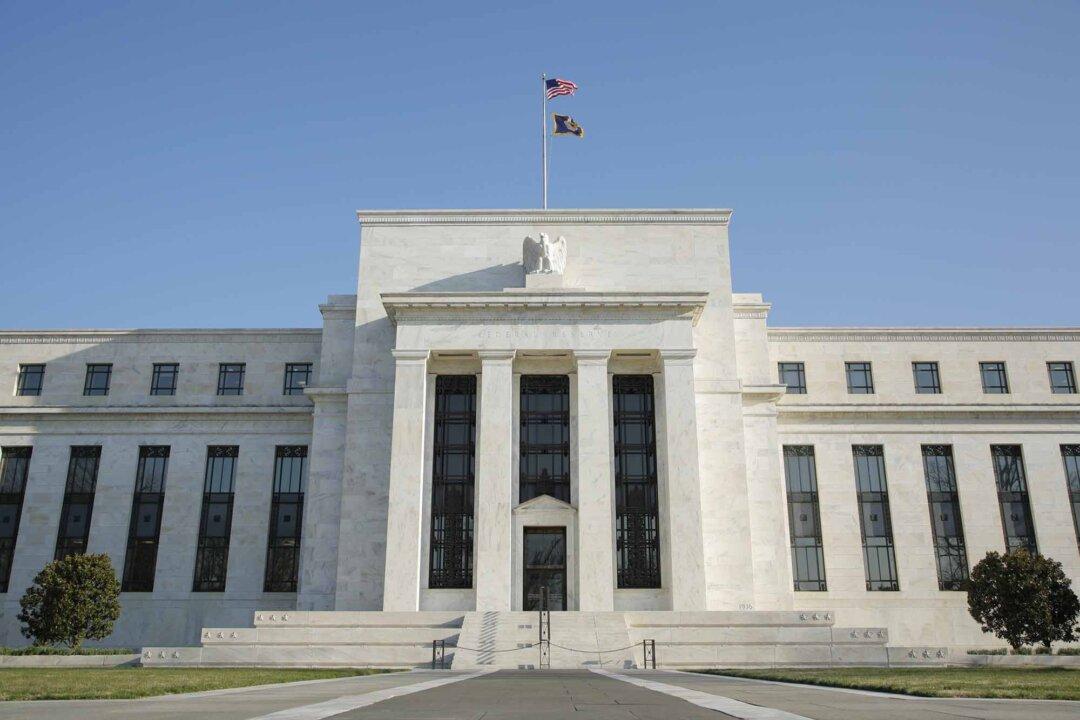Commentary
Total nonfarm payroll employment, relased this morning, increased by 209,000 in June, and the unemployment rate changed little at 3.6 percent. Just 149,000 of those jobs were in the private sector; 60,000 were in government. Revisions from April and May resulted in 110,000 fewer jobs than originally reported for those two months. That’s the biggest downward revisions in jobs data we can recollect in the decade or so that we’ve been producing these monthly jobs reports.





